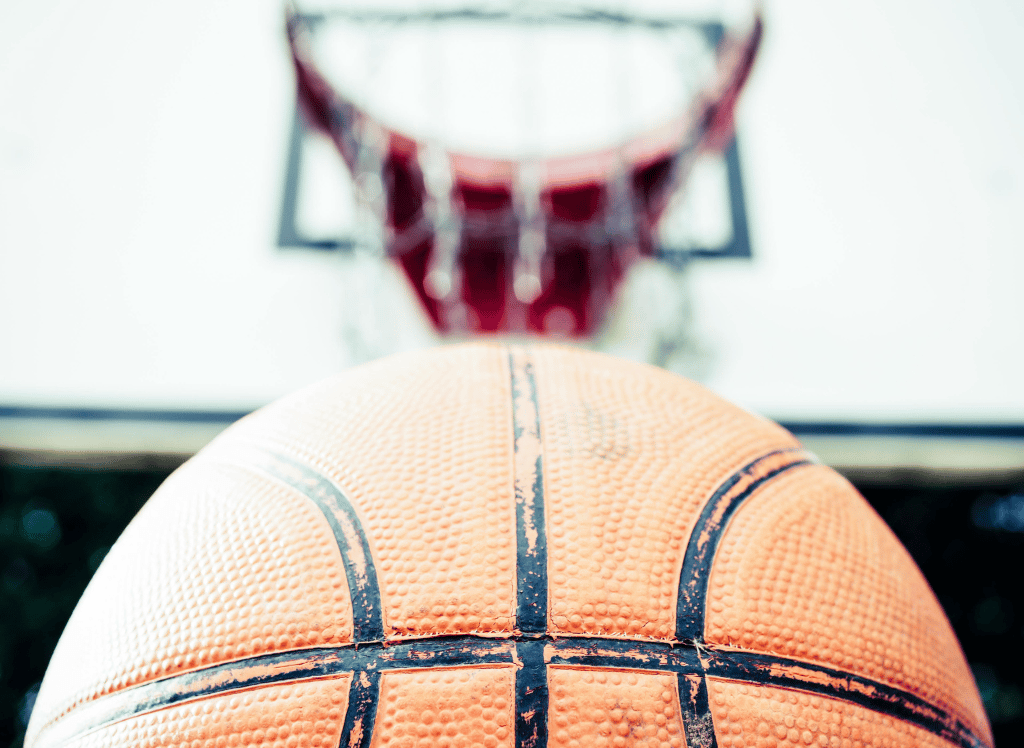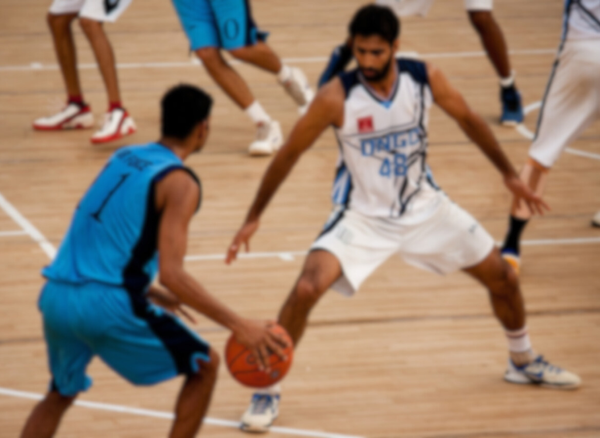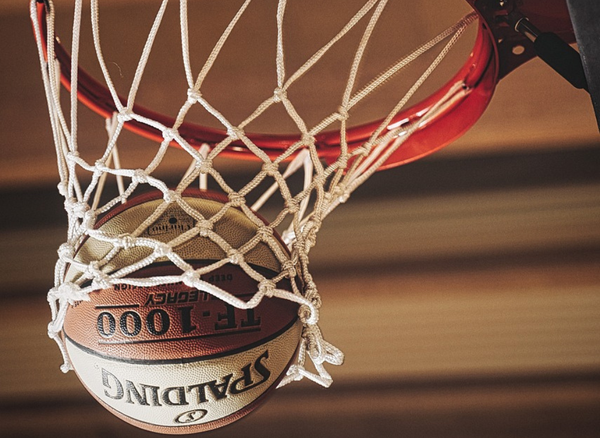Basketball is a sport that demands a lot from its athletes, including speed, agility, and importantly, strength. A well-structured strength training program can make a significant difference in a player's performance on the court. This article will delve into the specifics of creating a basketball strength training regimen that caters to the unique needs of the sport.
Understanding the Role of Strength in Basketball
Strength training for basketball involves improving physical abilities such as explosive power, which is essential for jumping and sprinting. It also includes building upper body strength for better control of the ball and resistance against opponents.
The Foundation of a Strength Training Program
A basketball lifting program should be comprehensive, targeting multiple muscle groups. It's not just about the amount of weight lifted but also about proper form and technique. Training sessions should be designed to improve the player's explosive energy, core stability, and movement patterns that are specific to playing basketball.
Off-Season vs. Competitive Season
During the off-season, the focus is on building muscle and increasing power output. This is the time for heavier weight training exercises and less concern about being game-ready. Conversely, during the competitive season, the training routine should maintain the strength and conditioning level while preventing injuries.
Structuring Your Training Sessions
Training programs should be well-structured, providing enough rest between sessions to prevent overtraining. A typical basketball training program might include three to four training sessions per week, with each session targeting different muscle groups or physical attributes.
Core Exercises
Core muscles are vital for maintaining balance and transferring energy during explosive movements. Core exercises like planks, reverse crunches, and stability ball exercises should be a staple in any strength training program for basketball.
Building Upper Body Strength
Upper body strength is crucial for basketball players. Exercises like bench press, chin-ups, and dumbbell rows help build muscle in the arms and shoulders, which is essential for shooting and passing the ball with force.
Lower Body Strength
Leg strength is fundamental for basketball players. Squats, and calf raises are great exercises that target the entire posterior chain, crucial for vertical jumps and quick sprints.
Plyometric Exercises
Plyometric exercises, such as box jumps and plyometric push-ups, are designed to improve explosive strength. These exercises help players develop the ability to make sudden, powerful movements on the court.
Incorporating Explosive Movements
Explosive movements like the push press and power cleans are excellent exercises for developing the explosive power needed in games. These movements mimic the quick, explosive energy required during play.
The Importance of Proper Form
Proper form ensures the most effective workout and reduces the risk of injury. Coaches and trainers must emphasize proper technique, especially for complex movements like the overhead press or barbell rows.
Weight Training Exercises for Young Players
Young basketball players should focus on mastering the basics of weight training with an emphasis on proper form. Bodyweight exercises and light weights are best to start with, gradually increasing the rep range and weight lifted as they develop.
Training for Increased Power Output
To achieve increased power output, players should incorporate power training exercises like the clean and jerk or snatch. These exercises improve the ability to generate force quickly, a critical aspect of basketball performance.
Enhancing Core Stability
Core stability is just as important as core strength. Exercises like the plank and stability ball workouts help improve the core's ability to maintain proper posture and alignment during dynamic movements in basketball.
Preventing Injuries Through Strength Training
Injury prevention is a significant benefit of a strength training program. By strengthening muscles and joints, players can better withstand the physical demands of the sport and prevent injuries.
Building Muscle for a Competitive Edge
Building muscle is not just for aesthetics; it gives basketball players a competitive edge. A well-muscled athlete can better absorb contact and maintain their ground, which is particularly useful in the weight room and on the court.
The Role of Conditioning
A conditioning program should complement the strength training routine. Small-sided games, interval training, and circuit training help maintain cardiovascular fitness and game readiness.
The Impact of Strength Training on Lateral Movement
Lateral movement is a significant part of basketball. Exercises that enhance lateral quickness and stability, such as lateral lunges, and agility drills, are crucial for defensive maneuvers and quick direction changes.
Developing a Strong Lower Body
A strong lower body is the foundation of a basketball player's strength. Front squats, leg presses, and lunges are exercises that develop leg strength and contribute to explosive strength on the court.
The Significance of Explosive Strength Training
Explosive strength training, involving movements like the snatch and kettlebell swings, is vital for mimicking the quick, powerful actions in a basketball game. These exercises help players improve their jump height and sprint speed.
Optimizing Your Workout Plan
A workout plan should be tailored to the individual's needs and the team's strategy. It should balance strength, power, and endurance training to optimize overall performance.
The Best Exercises for Basketball Players
The best exercises for basketball players are those that mimic the sport's movement patterns. Squats, deadlifts, and plyometric exercises are among the most effective for improving performance.
Utilizing Multiple Muscle Groups
Exercises that engage multiple muscle groups, such as pull-ups, chin-ups, and barbell rows, are more efficient and beneficial for basketball players. They simulate the complex, compound movements required during a game.
The Importance of Rest and Recovery
Rest and recovery are as crucial as the training itself. Basketball players should ensure they get enough rest between training sessions to allow their bodies to recover and build muscle.
The Role of Strength Training in Vertical Jump Improvement
Improving the vertical jump is a primary goal for many basketball players. Strength exercises like squats and plyometrics directly contribute to a higher jump by developing the muscles involved in the explosive upward movement.
Basketball Strength Training FAQs
Browse through some of the frequently asked questions to learn more about adding some strength to your workouts to improve your game.
How often should basketball players engage in strength training?
Basketball players should aim for three to four strength training sessions per week, ensuring they target different muscle groups and allow for adequate rest between sessions.
Can strength training improve my shooting in basketball?
Yes, strength training, especially exercises that build upper body strength, can improve your shooting by increasing arm strength and stability, which are crucial for a consistent and powerful shot.
Is it necessary for basketball players to lift heavy weights?
While lifting heavy weights can be beneficial during the off-season to build muscle and strength, it's essential to focus on proper form and balance heavy lifting with exercises that improve explosiveness and endurance, especially during the competitive season.
How does strength training benefit my basketball game?
Strength training can increase your power for jumping and sprinting, improve your endurance, and reduce the risk of injury. It translates to better performance on the court.
Can I lift weights every day to get stronger faster?
No. Rest days are crucial for recovery and muscle growth. Aim for 3-4 non-consecutive training days per week.
What should be included in my basketball strength training program?
A well-rounded program includes exercises for your lower body, upper body, and core strength, as well as plyometrics to improve your explosiveness.
How long should a strength training session for basketball last?
A session can last from 45 minutes to an hour, including warm-up and cool-down periods.
How will I know if my strength training is working?
Look for improvements in your game — increased power, speed, and endurance. You may also notice changes in your body composition.
What's the best way to warm up for a strength training session?
Start with 5-10 minutes of light cardio followed by dynamic stretching and bodyweight exercises specific to the muscles you'll be targeting.
What's the ideal balance of push and pull exercises for basketball training?
Aim for a 2:1 ratio of pull (e.g., rows, pull-ups) to push (e.g., bench press, shoulder press) exercises to counteract the forward-motion dominance of basketball.
Summary
A strength training program for basketball is essential for any player looking to improve their game and gain a competitive edge. By focusing on exercises that develop explosive power, core stability, and overall muscle endurance, players can enhance their performance and reduce the risk of injury. Remember, the key is to maintain proper form, incorporate a variety of exercises that target multiple muscle groups, and allow for adequate rest and recovery. Whether in the off-season or during the competitive season, a well-rounded strength training routine is a cornerstone of any serious basketball training program.









